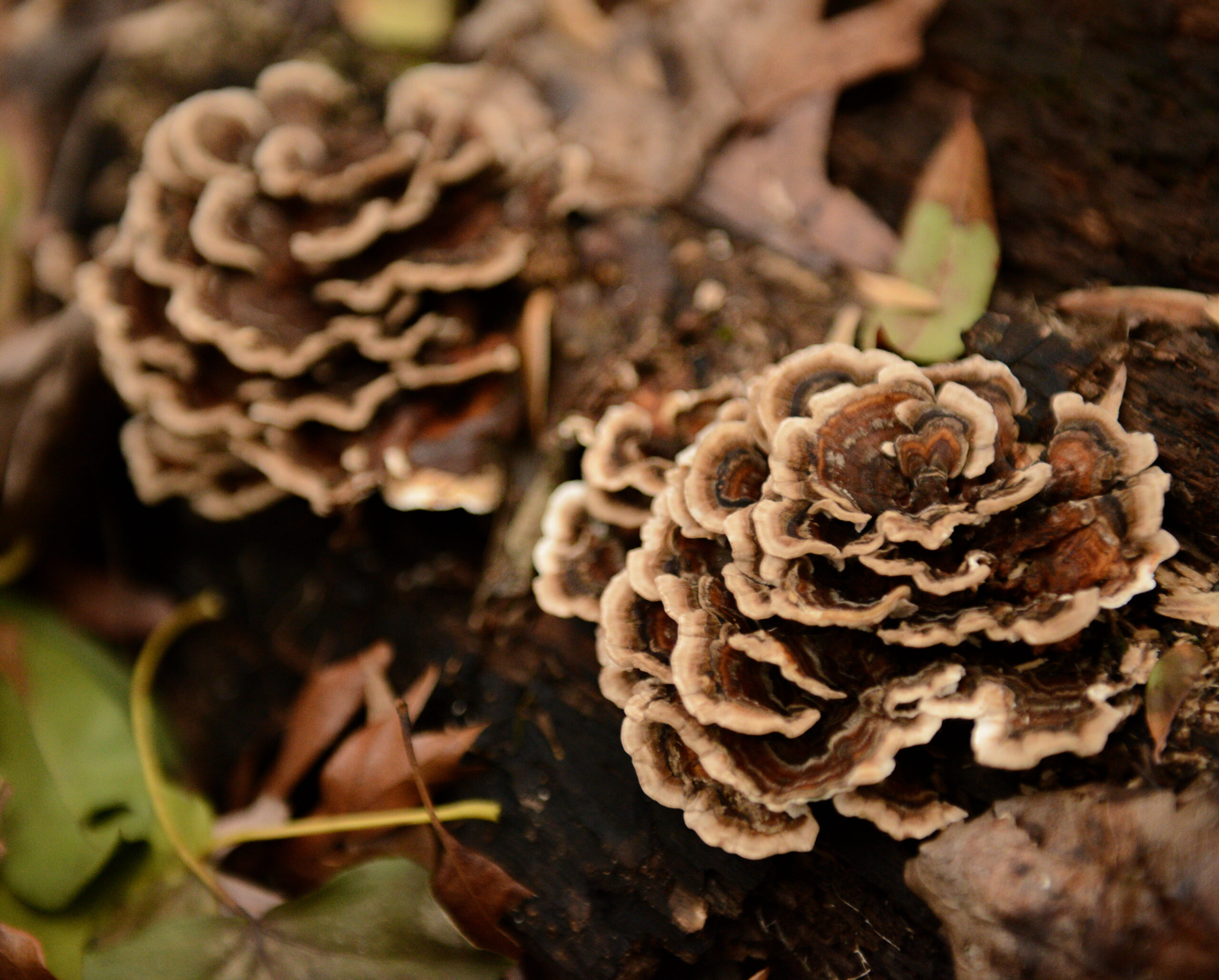
Helen Brose

Helen Brose
The equinox came and went and spring has arrived, ushering in a bounty of wild greens and fungi. Many foragers have already begun wandering out into the woods to harvest these enticing treasures. However, with the recent rise in the popularity of foraging, it is increasingly important to discuss healthy practices for this age-old tradition.
Foraging is the act of searching for wild resources to be used as food and/or medicine and is still practiced in cultures around the world today. As it becomes popularized by social media, we risk depleting these resources and disrupting the local ecosystem. While much of the content we see online can be entertaining and educational, there is a missed cautionary step that fails to highlight appropriate practices one should keep in mind when foraging. This article aims to educate new foragers on ways to harvest materials in ways that are both ethical and sustainable in order to protect the natural land.
According to Botanologos School of Herbal Studies founder Patricia Kyritsi Howell, foraging has become “much more mainstream in the last 10 years,” particularly in the culinary arts where incorporating wild ingredients is now trendy. She recalls a chef who took their team up to the Appalachians and cleared whole areas, thus decimating the plants there. This is important to keep in mind as it can take years for plants to re-establish themselves, and we don’t know how their removal will impact the ecosystem of that area.
A limited understanding of foraging or “wildcrafting” can also set unrealistic expectations and lead to its misrepresentation. Cara-Lee Langston, founder of Wildcraft Kitchen LLC, notes that despite what you might see on social media, foraging is not a glamorous act where “women wear chiffon and run through the woods”. It is hard work that requires intention and patience as you must both care for the land you are taking from while also recognizing that it may take you the entire day to find what you are looking for, should you find it at all. “Wildcrafting is an act of stewardship. It is not a trend, but a way of life,” she says. Foraging is a slow, conscious act. Use it as a way to connect with the land and those who came before you.
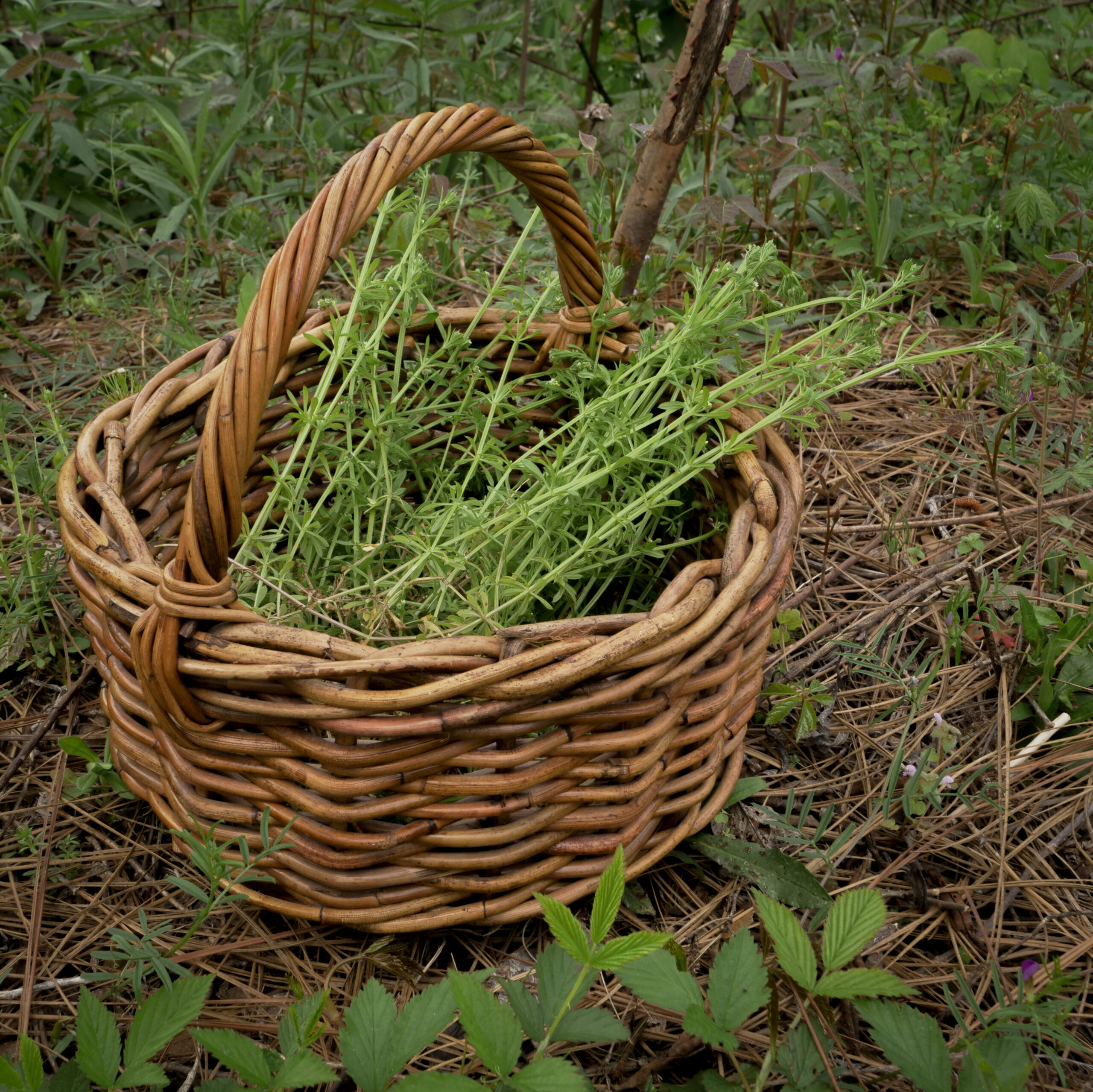
Be mindful of those who came before you. Biopiracy, or the lack of crediting and compensating groups who have been using certain plants for generations either in cultural traditions or medicine, may not be an issue for small foragers, but whether you plan to sell what you find or keep it for personal use, it is important to acknowledge its historical and cultural values.
Acknowledging the traditional or “heritable” knowledge that informs one’s foraging is an important part of the process for those who are not themselves members of an indigenous group. As an example to those living in Georgia, the Cherokee, an Indigenous group originally from the area who were forced to relocate via The Trail of Tears, discovered the culinary and medicinal uses of hundreds of plants in the southern Appalachians.
According to Howell, the average Cherokee individual could identify around 300 plants, while herbalists and healers in their communities could identify over 800. They treated their surroundings with respect, gathering with the land rather than off of it. A large part of their diet consisted of wild foods rich in oxalic acid which meant they were often afflicted with kidney stones and thus sought herbs to remedy stones and blood disorders.
It is also important to acknowledge that since pre-colonial times, foraging was – and still is – a way for people to survive. However, when land ownership and the idea of private property became established, racism and class discrimination kept many people out of areas that were previously left unowned and unregulated. These groups are still affected by racist and classist laws that prohibit foraging (particularly in state parks and urban areas) on the basis of land preservation.
Make sure you have permission to forage on private property or places that require a permit. There are many areas where foraging is prohibited and even illegal, so be sure to check the legality of foraging in your area. Additionally, Howell notes that if you attend a foraging tour, you should not return to that area later and take plants without explicit approval from the area’s management or owner. This can lead to future issues with permissions for other foragers.
I do less teaching of foraging these days mostly because I’ve had situations where I’ve taken people on to private land, shown them what plants were there, and I’ve even had people go back on their own and dig up the plants and take them. So, I feel a huge sense of responsibility when I teach somebody that they’re going to have the same values in terms of protecting the plants, and that’s not always the case.
Patricia Kyritsi Howell
State parks may seem like an enticing choice, but they do not grant foraging permits, and you would risk paying a hefty fine. Instead, you can apply for a foraging permit from the forest service district office for national forests. You will need to disclose exactly what, when, and where you intend to forage. Otherwise, make friends with local organic farmers and private landowners. Where they see weeds, you might see opportunity.
I was at an organic farm down in south Georgia some years ago and they had a whole field of okra and in the okra was all this passion flower vine growing. And I asked the farmer, ‘Can I collect some of this because it’s growing in an organic setting’ and he was like ‘I will pay you to pull that out of there because it’s winding around the plants.’ So I have stopped and asked people, ‘I see that you have some of this, can I collect it off your land’ and most people have such a negative view of weeds that they just think it’s crazy that you want them.
Patricia Kyritsi Howell
Be respectful of the area in which you are foraging. When you are done or ready to move to a new area, leave the space as you found it with no trace that you were ever there. For those plants that were dug up, refill the hole and cover it with leaves or other forest debris.
If you come upon at-risk plants, do not harvest. United Plant Savers defines these plants as those that are “heavily used in the medicinal plant trade and are becoming rare.” These are species that need protection due to dwindling numbers. Download and familiarize yourself with a list of at-risk plants provided by the United Plant Savers, or visit your state’s Department of Natural Resources website for additional information and guides.
“You can have plants that are locally abundant but threatened in the big picture,” says Howell. For this same reason, until you observe a piece of land for a whole year, do not harvest. As Howell told me, you don’t know how long a certain plant has been established, and you don’t want to uproot it before it has had a chance to gain its footing in that area. Otherwise, reach out to management or more established foragers in your area to gain insight into the health and longevity of those plants you wish to harvest.
Be careful not to over-forage. “For every six plants you see, you can take two,” says Howell. Just because it is available does not mean you should take as much as you want, particularly if using the root or bark. For these parts, you must be especially careful in your practices as the plant can be irreversibly damaged. However, as Langston says, depending on the family, many plants can be propagated by root division or be replanted by saving and spreading the seeds. By replanting when possible, you ensure that the area will remain biodiverse and healthy.
For this same reason, when harvesting plants for larger production, do not forage them. Instead, find a local grower so as not to deplete the wild population of plants. Or, grow them in your own garden.
“Typically, with something like, let’s say, Black Cohosh – which is actually protected – I don’t harvest that at all from the wild, I would cultivate it on my land, but if I wanted to harvest it I would pull it up, cut off the piece of the root that I want to use, and then replant a root with the shoot. It just depends on the family that the plant belongs to, because different plants have different methods of reproduction.”
Cara-Lee Langston
Use appropriate tools. Ripping leaves and roots out of the ground can be harmful to the plant, and one should have proper collection and storage containers. Bring a sharp knife for clean cuts, a cooler or water bucket, and an appropriately sized, easy-to-carry container suitable for this type of trip to prevent damaged or spoiled goods. This will prevent not only a waste of plants, but also a waste of a day!
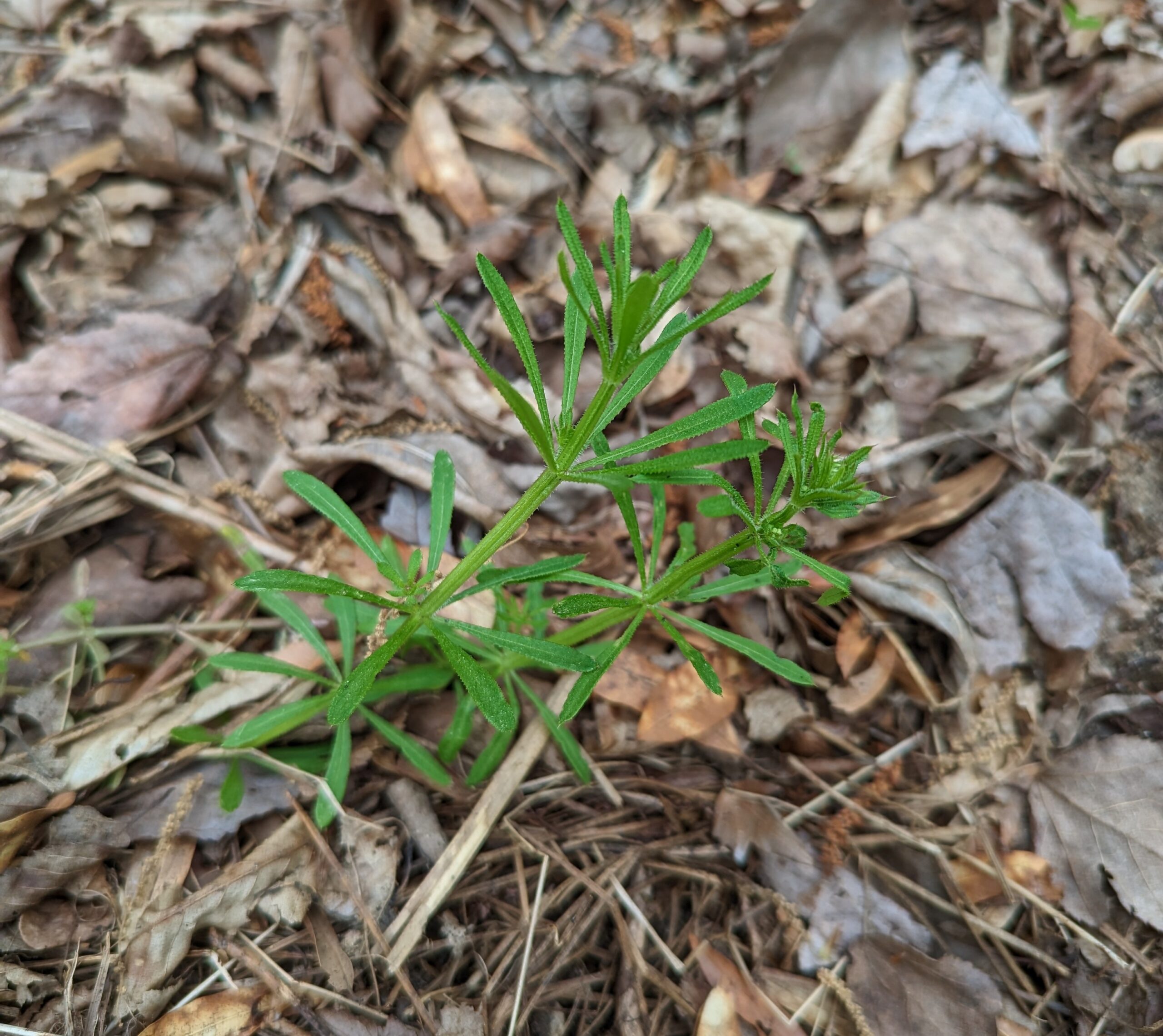
Pick your plants, parts, and purpose. Read up on plants using field guides or plant identification books and start small. Plant identification apps can be great, but may not be as accurate.
Choose easily identifiable plants or those with few lookalikes. Next, define your intentions ahead of time. Decide which parts you are going to take, how much you need, and what you plan to do with the plants you harvest. Will you cook it? Turn it into a salve or tincture? Use it to make a craft? The point is to avoid over-foraging and wasting unused plants. Some common native plants in the southern Appalachians include:
If the plant is non-native or invasive like dandelion, you can harvest freely. With this in mind, try choosing non-native or invasive plants to help the native population flourish. Non-natives and invasive plants can still be eaten, used for medicine, or used for crafts, and you would be doing a service to the local environment by removing these plants. A great example is Kudzu, which is native to parts of Asia.
Kudzu poses a huge issue in the south as it covers whole trees, choking out native plants and blocking sunlight. However, the young leaves can be harvested and eaten in the spring and the vines can be used in crafts and basketry (this makes it great for weaving foraging baskets!).
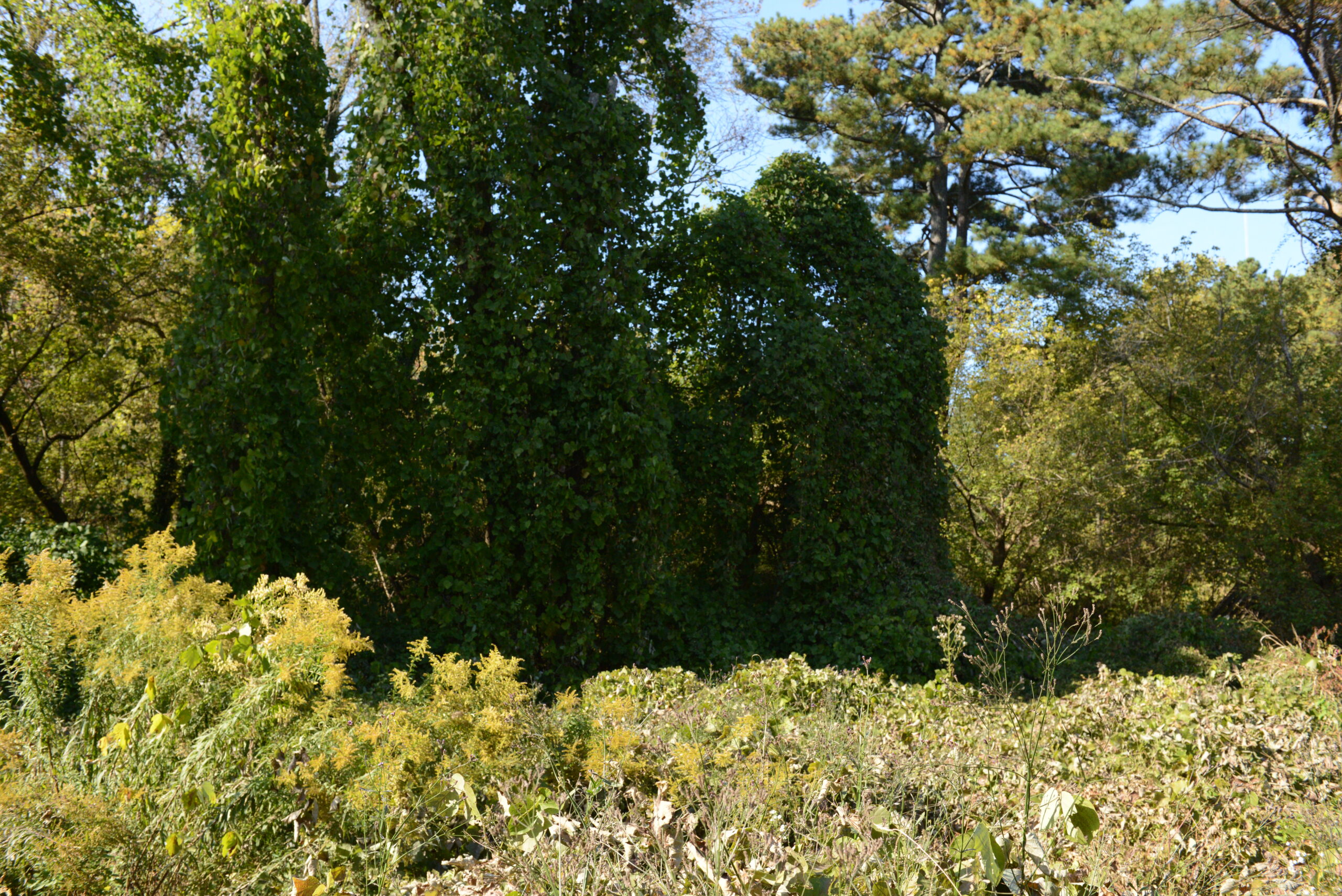
Some other examples Howell and Langston gave included:
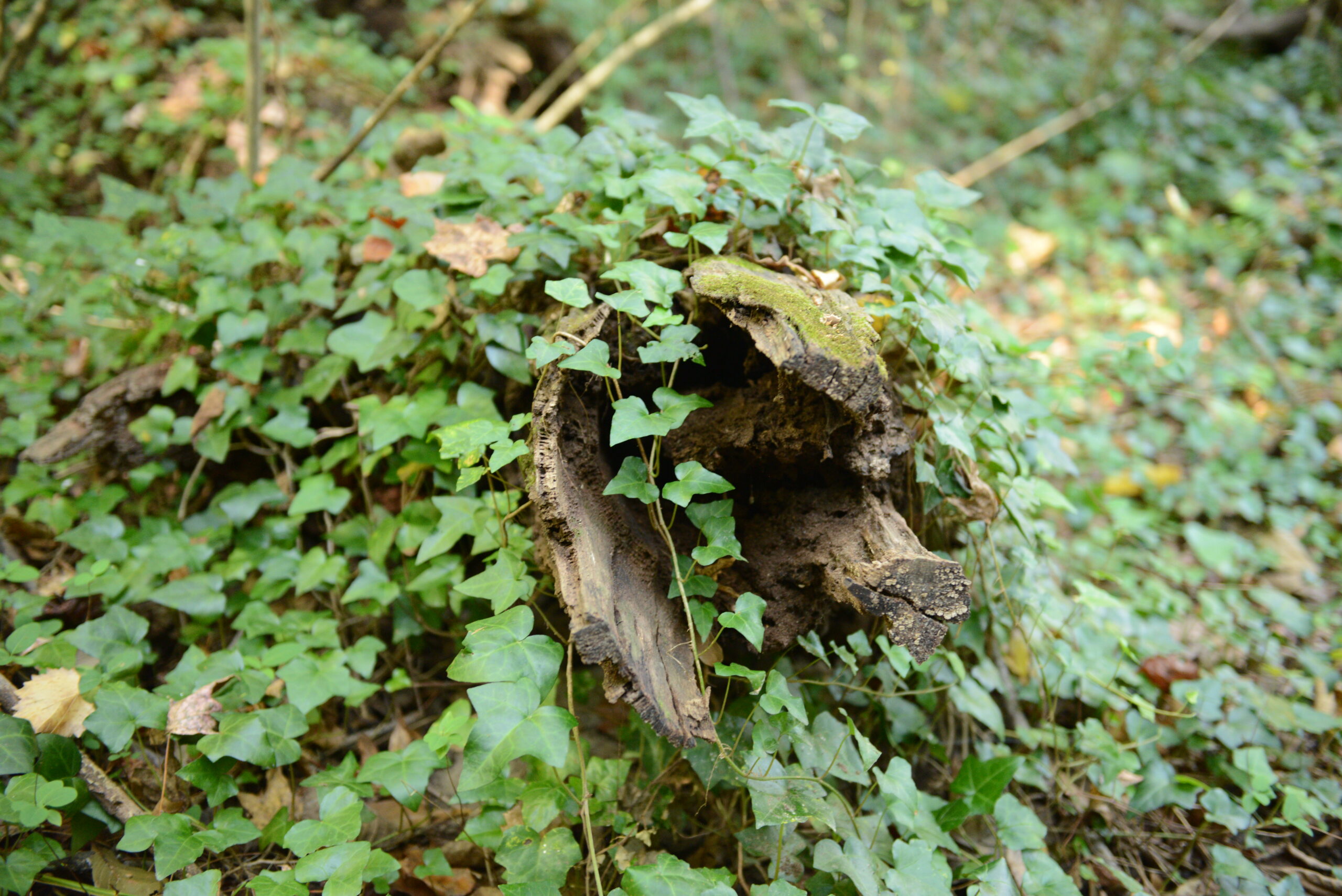
Mushrooms are easier to harvest sustainably as the main part of the fungi is hidden beneath the earth in a complex network. As Langston explains, mushrooms are the fruiting body of the mycelium; a large, underground network of communication between trees and plants that passes nutrients and information. Collecting what we see on the surface is like picking an apple, and will not harm the overall organism. Mushrooms contain billions of spores and tend to regrow regularly; but while you can harvest everything you see in good conscience, be considerate of others who may also be searching for this type of mushroom.
“I don’t take all of everything, ever, personally. I like to consider, with mushrooms, other humans who may be interested in the fruiting body or other animals; wildlife.”
Cara-Lee Langston
The biggest takeaway I received from Howell and Langston is that foraging isn’t a race, and shouldn’t be treated like going to your local supermarket. If you are foraging, you must act as a steward of nature. Move slowly, with intention and thoughtfulness in your foraging process. Take the time to connect with your surroundings and appreciate the plants growing around you.
Helen Isabella Brose holds a Bachelor of Arts in Media Arts from the University of North Texas and received her certification in Medicinal Plants from Cornell University.